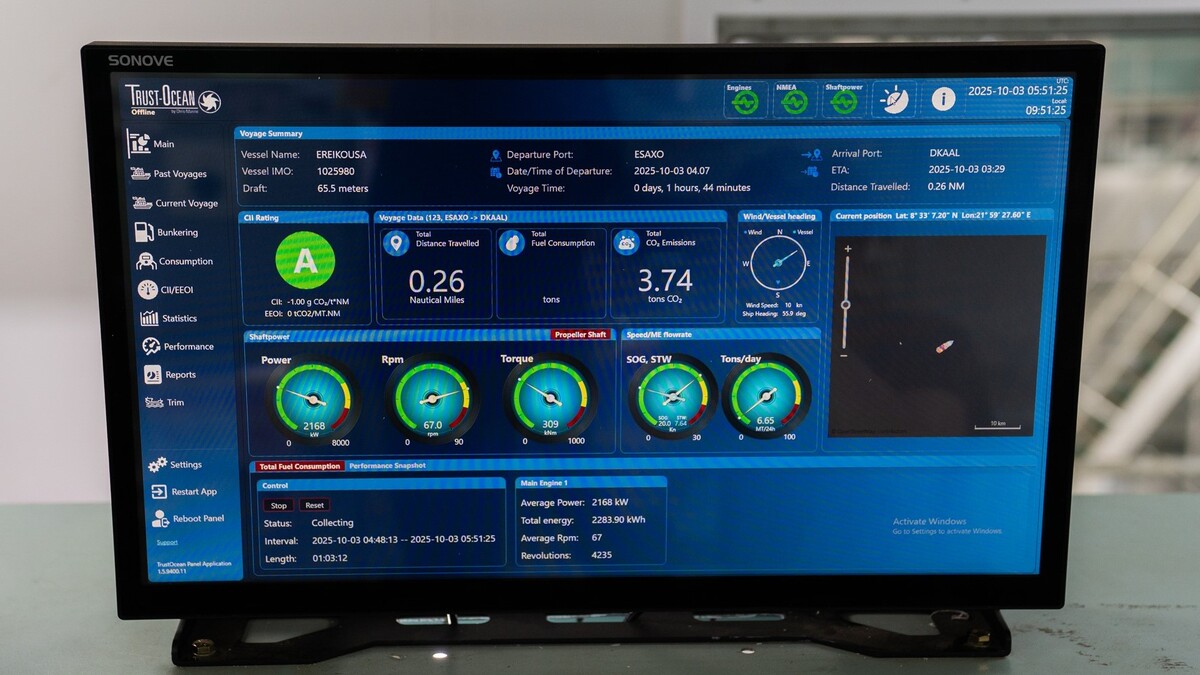Business Sectors
Contents
Register to read more articles.
Secretary Peay: energy must be abundant, secure and affordable
The Office of Fossil Energy and Carbon Management will undertake R&D to ’unleash’ domestic energy resources in the United States
On his first day in office, President Trump declared a “national energy emergency,” seeking to expedite energy and infrastructure projects, “unleash” domestic energy resources, and address any vulnerabilities in the United States energy sector. By “energy resources” the President means crude oil, natural gas, lease condensates, natural gas liquids, refined petroleum products, uranium, coal, biofuels, geothermal heat, hydropower and critical minerals. Not mentioned in the executive order: renewable resources solar and wind power.
On 2 May, the President released his fiscal year 2026 discretionary budget request, further strengthening his “commitment to unleash America’s affordable and reliable energy and natural resources.” Notable is that his budget cancels over US$15Bn funding for the Infrastructure Investment and Jobs Act previously allocated to the Department of Energy for “unreliable renewable energy, removing carbon dioxide from the air, and other costly technologies that burden taxpayers and consumers,” the White House said in a press briefing.
Instead, the President’s budget pivots towards funding R&D in technologies that lower the cost or facilitate to production of domestic fossil fuels and critical minerals. Innovative concepts will be developed to support next-generation nuclear reactors and advanced nuclear fuels.
Much of that innovation will come from R&D at National Energy Technology Laboratory, part of the Office of Fossil Energy and Carbon Management (FECM).
Speaking to delegates during an executive dialogue session at OTC 2025, FECM Deputy Assistant Secretary for Resource Sustainability, Ryan Peay, said the President’s executive order declaring a national energy emergency is about “unleashing those resources for the American people” and providing low-cost energy globally.
“More than 700M people around the world do not have access to any form of electricity,” notes the secretary. “Energy must be abundant, secure and affordable,” said Secretary Peay.
Part of the Trump Administration’s strategy is approving new or extending current approvals for LNG facilities, rescinding the Biden Administration’s pause on LNG export permitting. The administration has now approved four permits covering Delphi Offshore Louisiana LNG export terminal, Commonwealth LNG and Golden Pass LNG projects and the Galveston LNG Bunker Port.
Along with being the world’s largest oil producer and fourth-largest coal producer, the US is the world’s largest LNG exporter. Projections are that the US will export some 15 billion cubic feet per day (bcfd) this year and ramp up to 30 bcfd in the 2030s.
Next-generation reactor technology and commercial nuclear power will have a role to play, notes the secretary, highlighting the restart of the Palisades Nuclear Plant in Michigan.
And the US can no longer count on “unreliable foreign sources” for rare earth and critical minerals, he says. Critical minerals such as nickel, lithium, manganese and cobalt are used in electronics, defence, clean energy, medical equipment and other technologies.
Quoting US Secretary of Energy Chris Wright, Mr Peahy, said, “Energy is not a sector of the economy, it is the sector that enables every other sector. Energy is life.”
The secretary says the administration is all in on “energy addition.”
Sign up for Riviera’s series of technical and operational webinars and conferences:
- Register to attend by visiting our events page.
- Watch recordings from all of our webinars in the webinar library.
Related to this Story
Events
International Bulk Shipping Conference 2025
Tankers 2030 Conference
Maritime Navigation Innovation Webinar Week
© 2024 Riviera Maritime Media Ltd.














